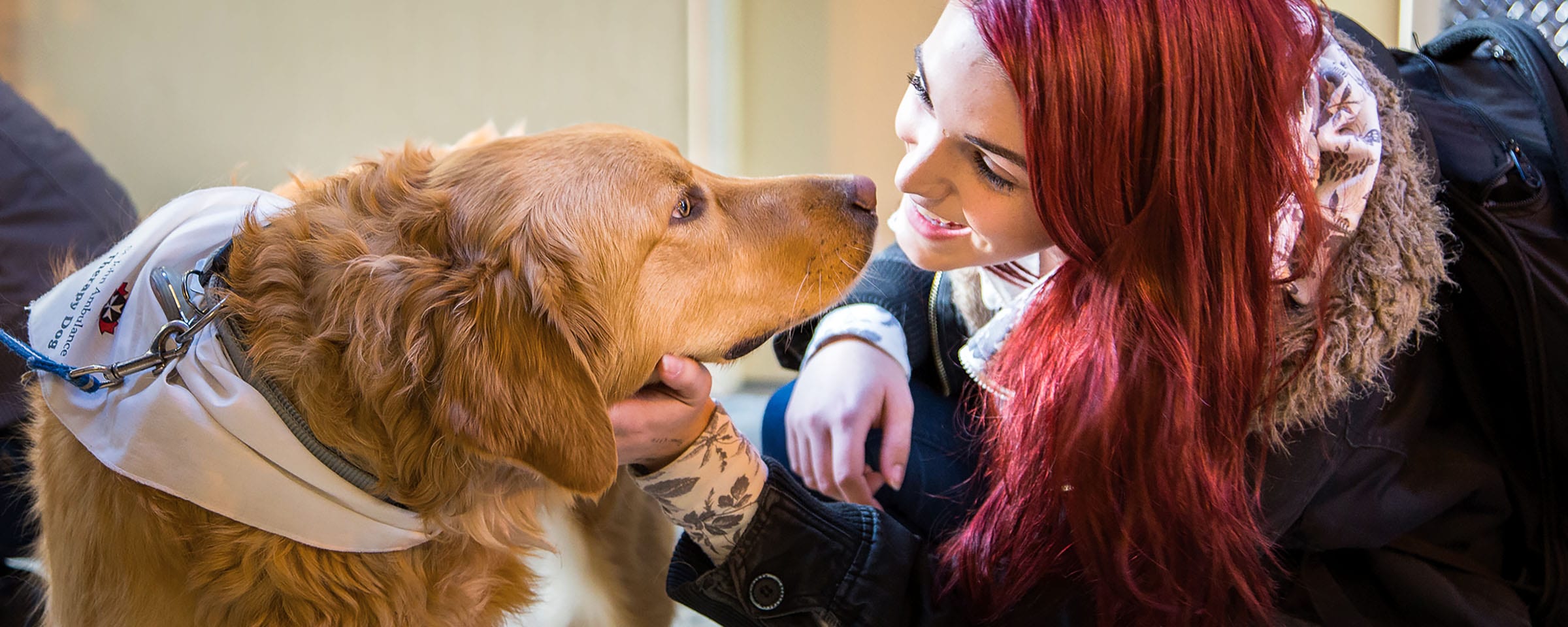More Fun = Better Grades
As a student I was always looking for ways to get better marks and if possible with less work. Little did I know that shooting hoops with my friends and playing co-ed intramural volleyball was doing exactly that.
A recent article quoted a study from Purdue showed students “who visited rec facilities 15 times or more earned 3.08 GPAs, compared with 2.81 for those who made no visits.” Further evidence for the benefits of visiting your campus recreation centre are shown in a study that “Recreational sports and fitness center members achieved higher GPAs and completed more credits than nonmembers.” Read More →









